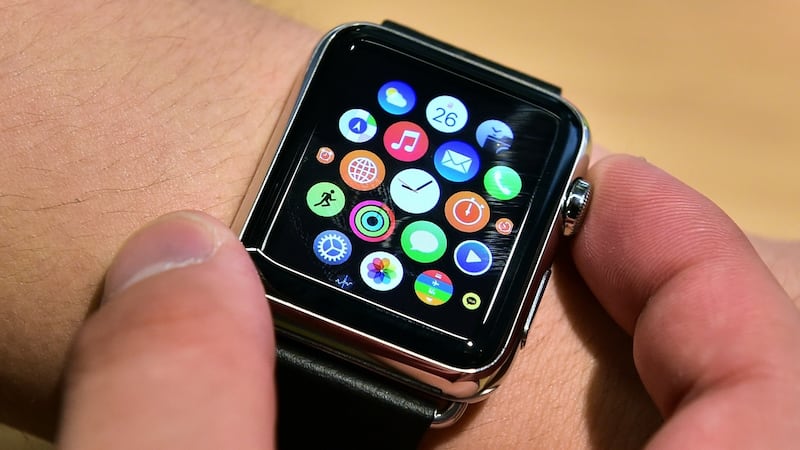This year consumer interest in drones and quadcopters really took off (if you’ll excuse the pun). By the end of the year, two million units may have been sold worldwide.
Earlier versions were difficult to control, particularly in wind. Flight management software has improved considerably, with drones increasingly capable of autonomous flight. Next year is likely to see geo-fencing become mandatory in many jurisdictions, so drones will self-police themselves away from sensitive or controlled areas, such as airfields.
This year has also been about autonomy on the ground. The big vehicle manufacturers are known to be working on self-driving systems. Self-parking, collision-warning and lane-keeping systems are becoming available as active assistance to drivers from many of the major car brands. Daimler is testing a fully self-driving truck on public roads, allowing lorry drivers to complete hands-free operations while driving on motorways.

Many wonder if the public will accept self-driving cars, as so many of us seem to be furtive petrol-heads at heart. Ultimately, regulation may mandate that autonomous cars are better for society than human-driven ones. The roads should be safer, traffic more predictable and per-trip energy consumption reduced.
It has also been the year in which computers were not only watching us from the air, but also monitoring how we are. The Fitbit IPO last June marked the arrival of wearable computing in the mass market.
Wearable devices nudge us towards fitness and health, encouraging daily exercise and reminding us of our heart rate and blood pressure. Many devices have become statements: they fashionably assert that the wearer cares about fitness and health.
Another wrist-worn fashion statement arrived this year: the smartwatch. Watches are personal ornaments, and most tell the time pretty well. So why then would anyone want an Apple Watch?
Well, you could dig out your iPhone from layers of clothing or the depths of your bag and then, finally and regally, wave it at a contactless reader to pay for your skinny cinnamon dolce latte; but that is so 2014.
Now you can just raise your wrist to the reader instead. You can even present your wrist at a boarding gate, with your QR-coded boarding pass visible on your watch.
Cynics may respond that the best use of an Apple Watch is to find out where you abandoned your iPhone.
Smart devices
As for iPhones and other smart devices, there have been incremental, rather than dramatic improvements in the year. Nevertheless for the first time, the unit sales of smart devices worldwide now exceed the numbers of traditional desktops and laptops being sold.
This in turn is dramatically changing the web. The greatest disruption caused by the smartphone has not been the replacement of keypad cellphones (and their vendors) in favour of smartphones with touch-sensitive screens, but rather the creation of an entirely new market: third party apps.
In 2015, for the first time, some companies are no longer keeping their websites current and fresh. Instead, they just keep their apps exciting. Many consumers prefer to interact with these companies using apps and do not bother with their websites. This trend is particularly noticeable in Asia and the emerging markets: the West may see more of this transition in the coming year.
Advertising on smart devices this year represents more than half of the digital advertising spend on all devices. Smart devices have led to location-aware digital advertising, so that not only are you presented with ads based on what online purchases you recently considered or made, but also where you have been and where you are right now.
Social media campaigns
Social networking is also location-aware. Perhaps the most dramatic examples from 2015 are the successful campaigns of
Donald Trump
in the US and
Jeremy Corbyn
in the UK. Disdaining traditional big-money advertising campaigns in the mainstream media, both politicians have neatly sidestepped courtship of established journalists and media in favour of an “over the top” appeal directly to voters in particular locations.
Their spend on targeted digital social media campaigns has been minuscule compared with traditional PR campaigns, and yet arguably their advertising spend has been much more effective.
It has been an interesting year. I observe how computers are increasingly taking an active role in our lives: we are not so much browsing the web as doing tasks using apps; we are not so much watching dials and moving controls as letting the system manage itself; and we are not so much noticing mass adverts as reacting to ads crafted personally for us.
We are increasingly being gently nudged and nurtured towards particular views and to courses of action by the computers now so pervasive around us.
The danger is, of course, that we increasingly do not realise – or actually do realise but in fact do not care to care – how many choices are increasingly being made automatically on our behalf.










